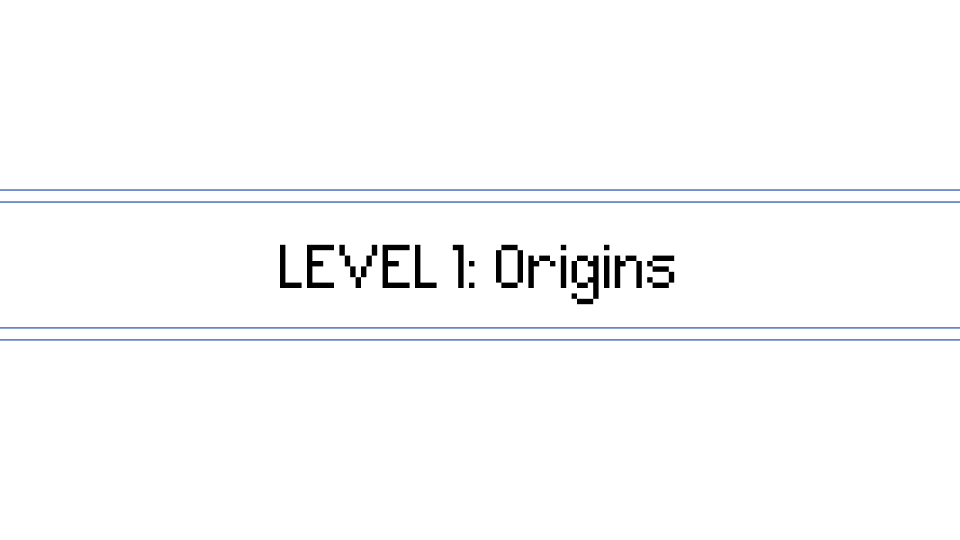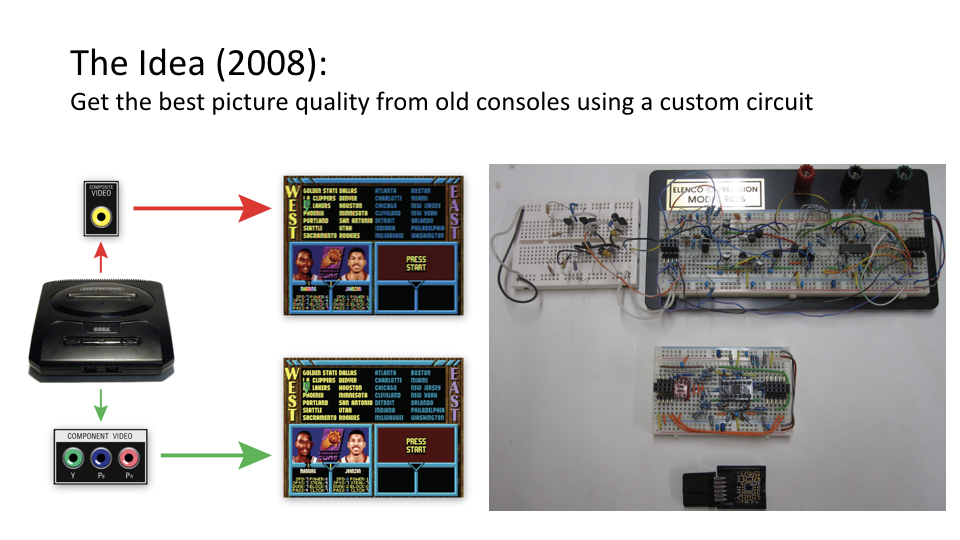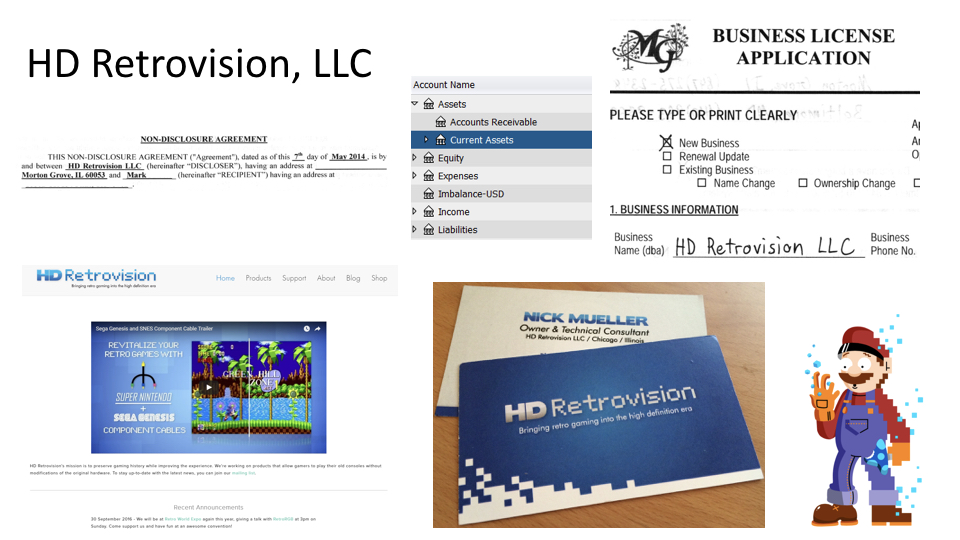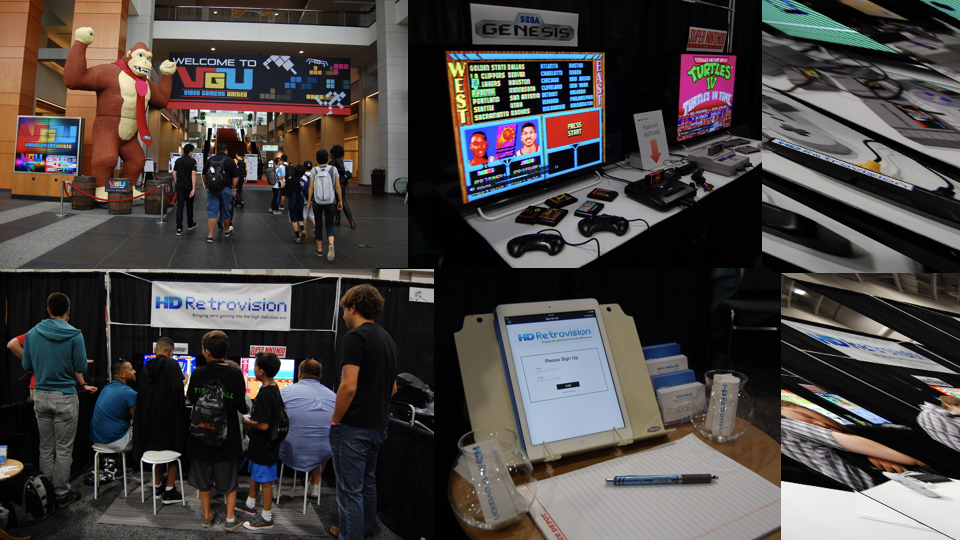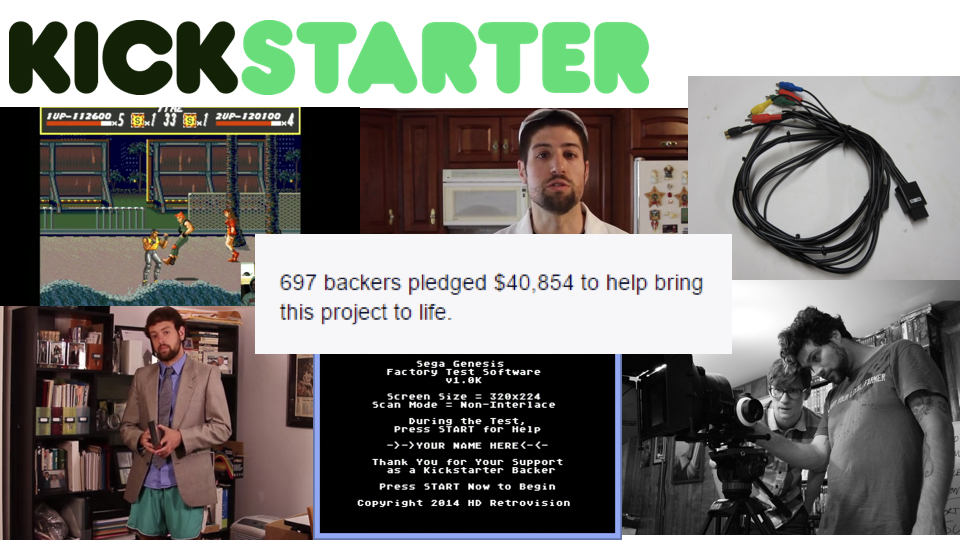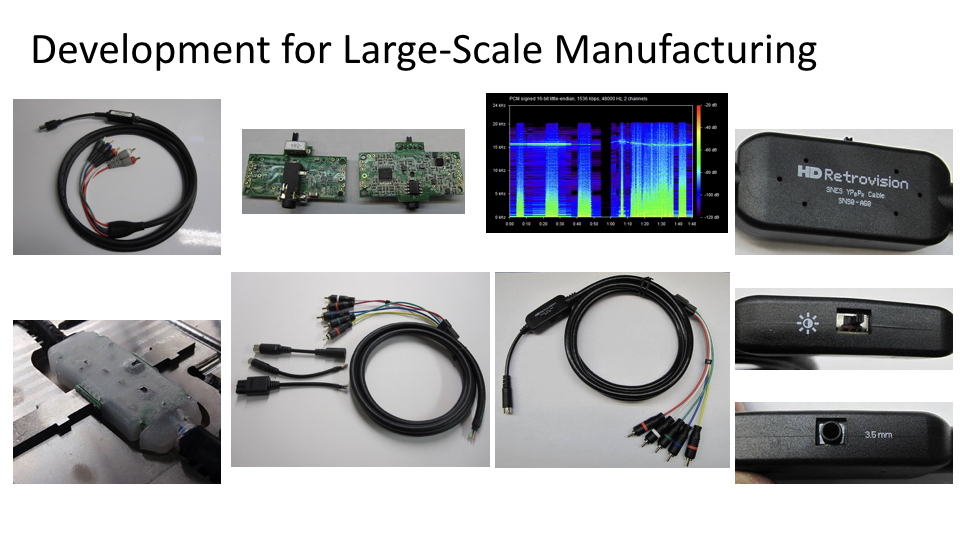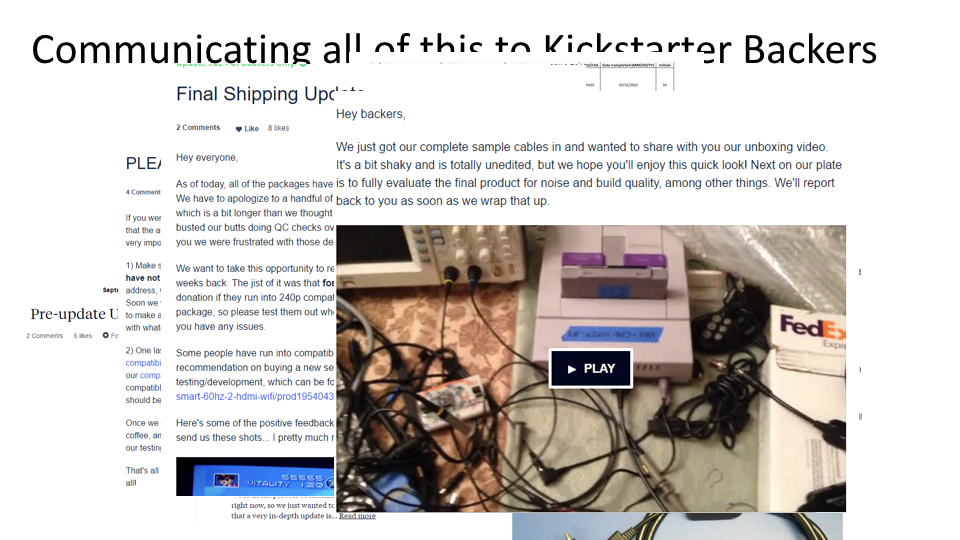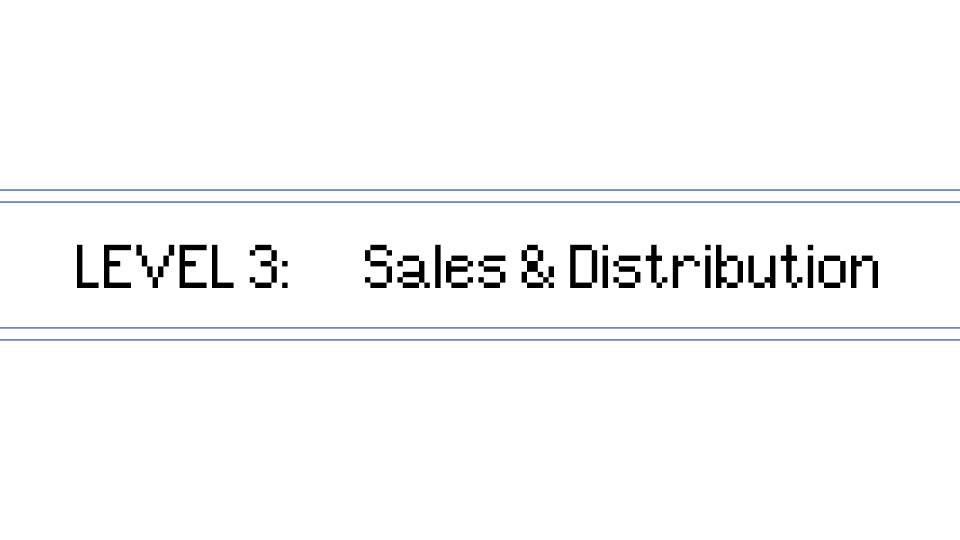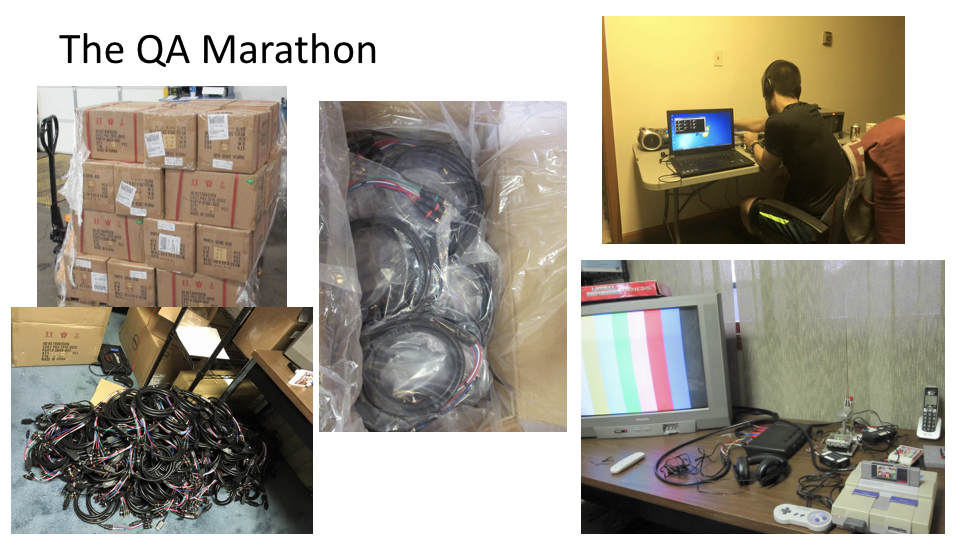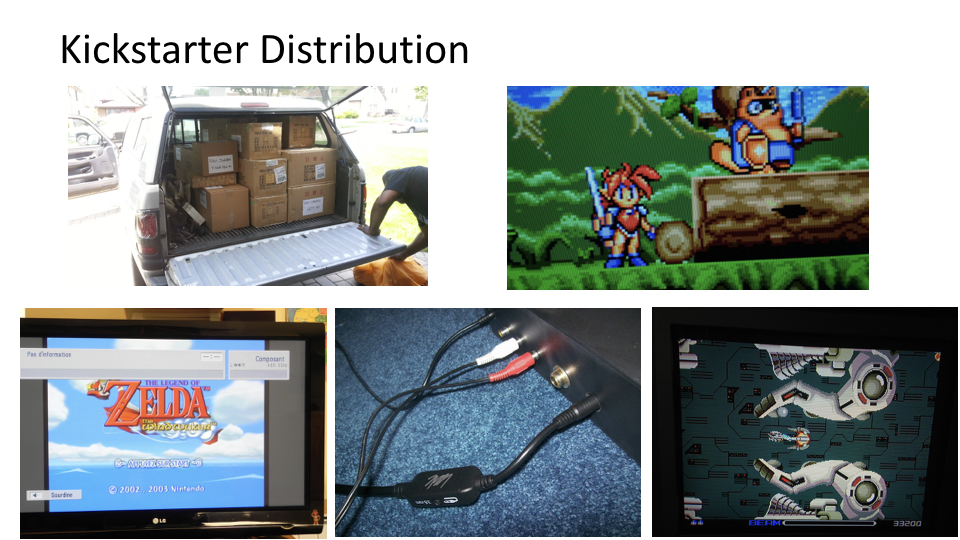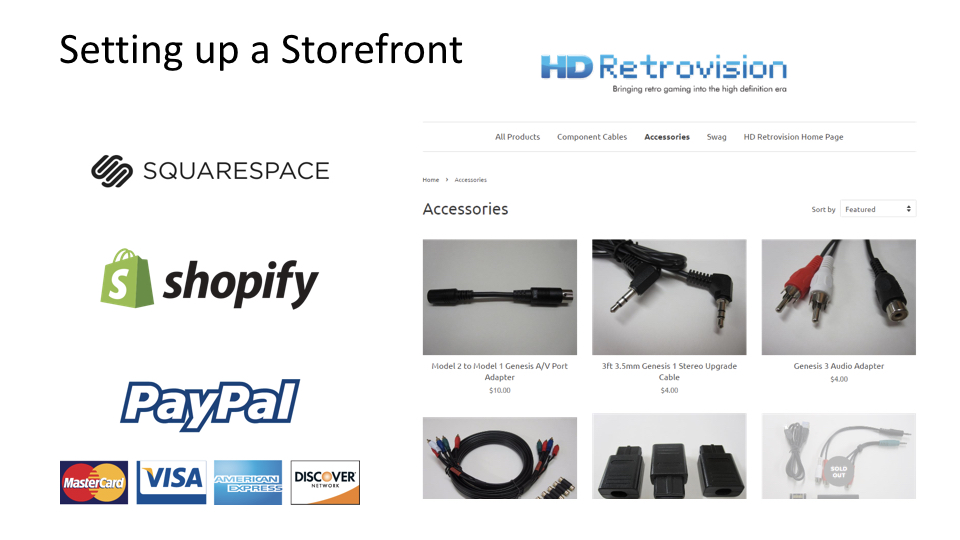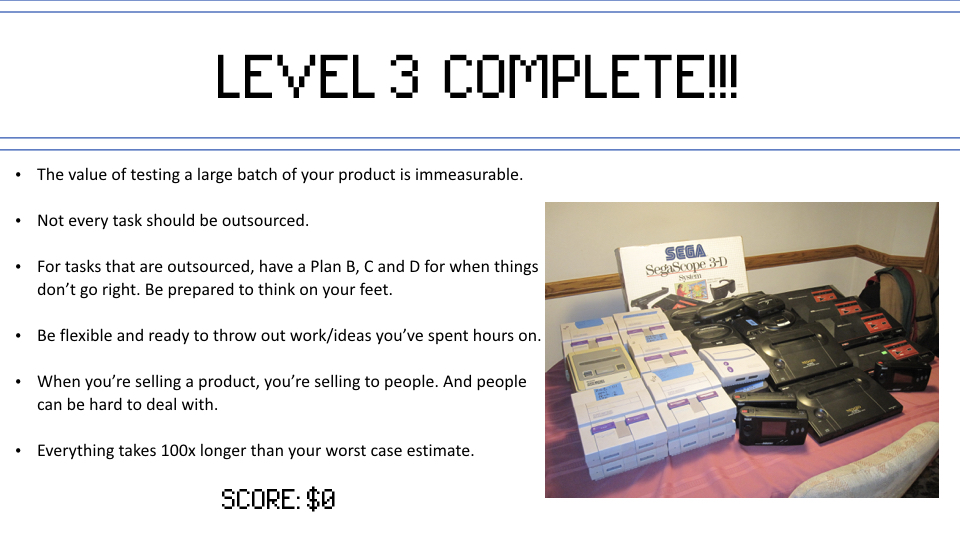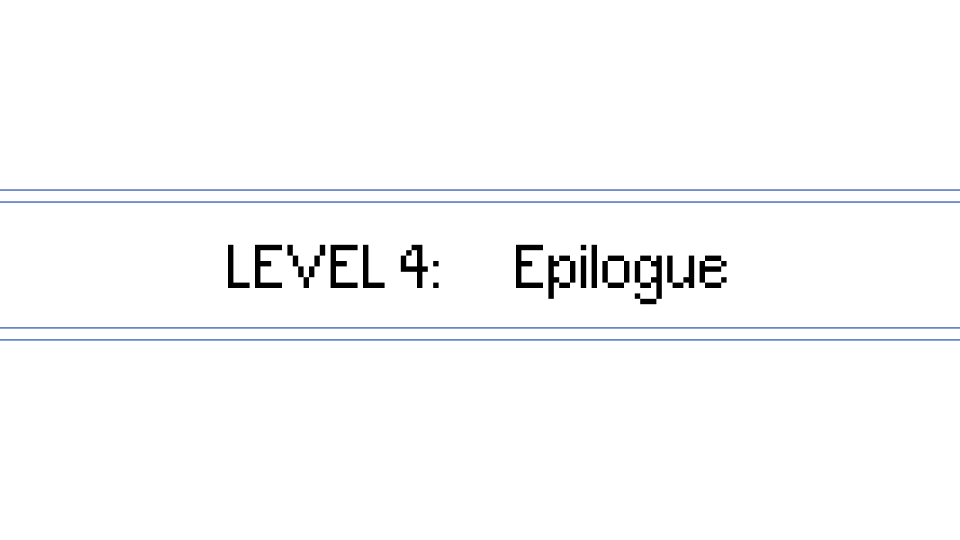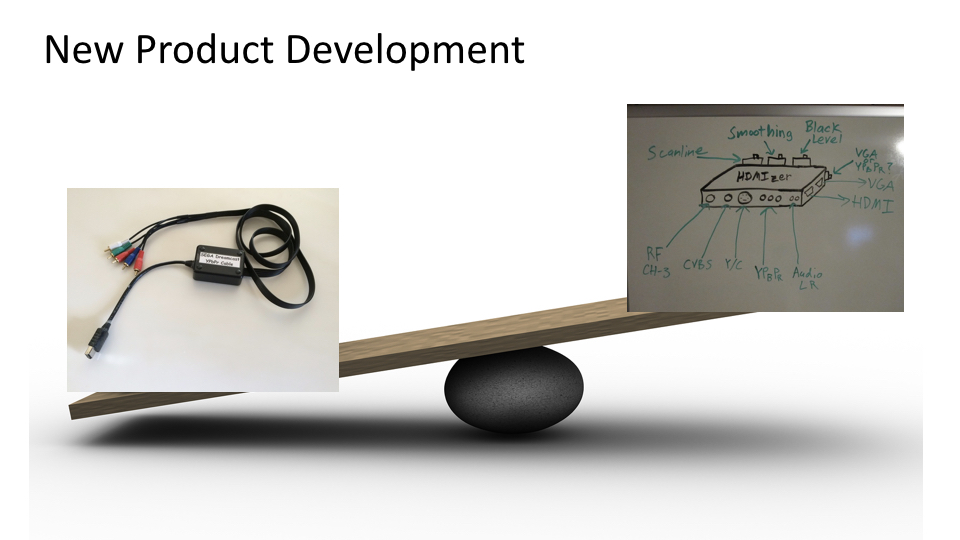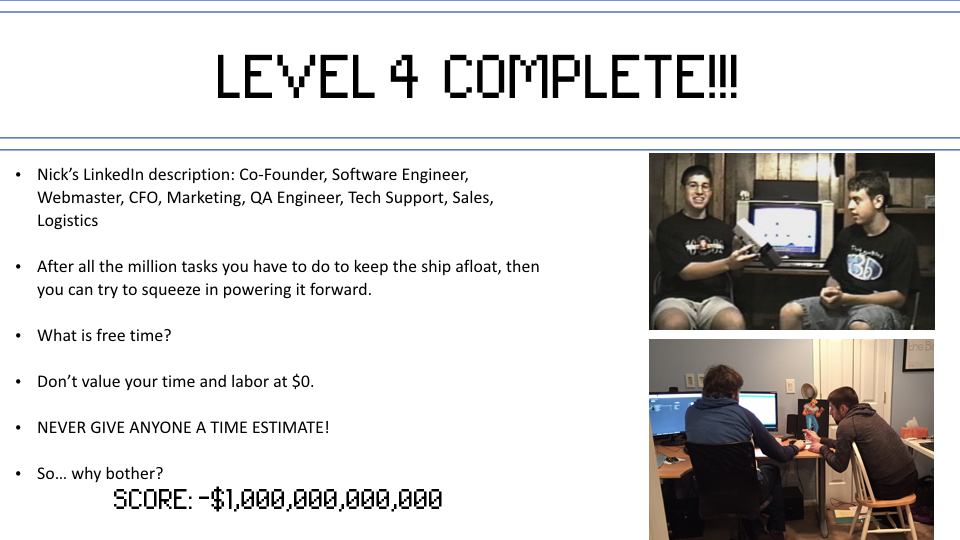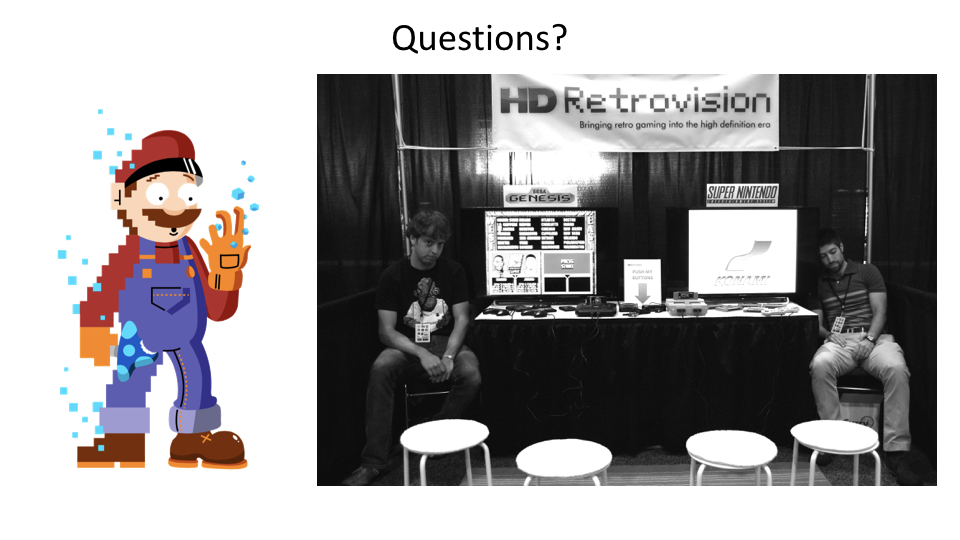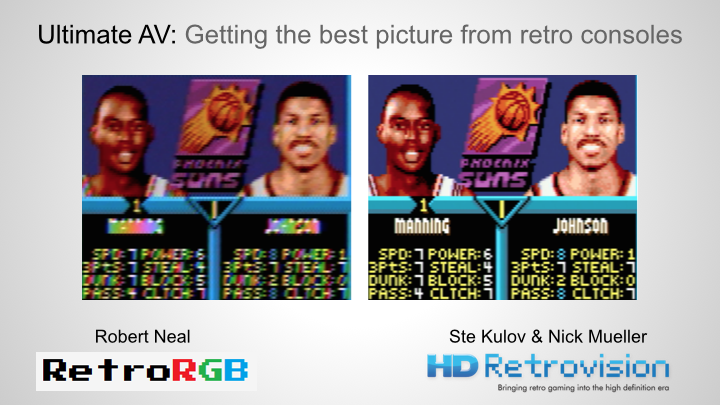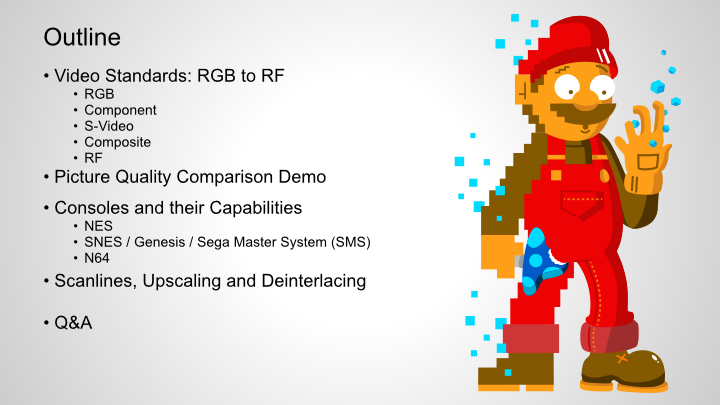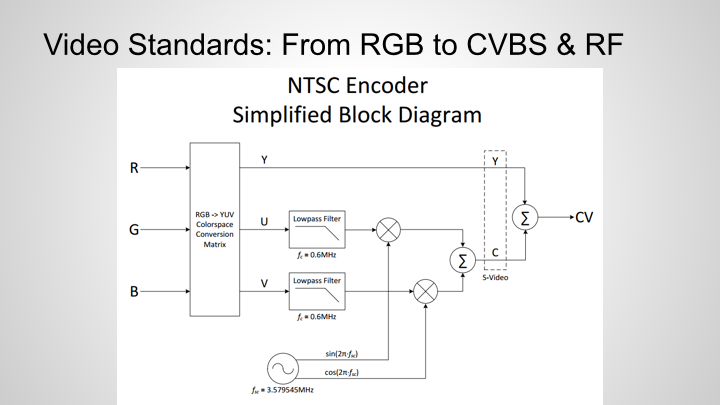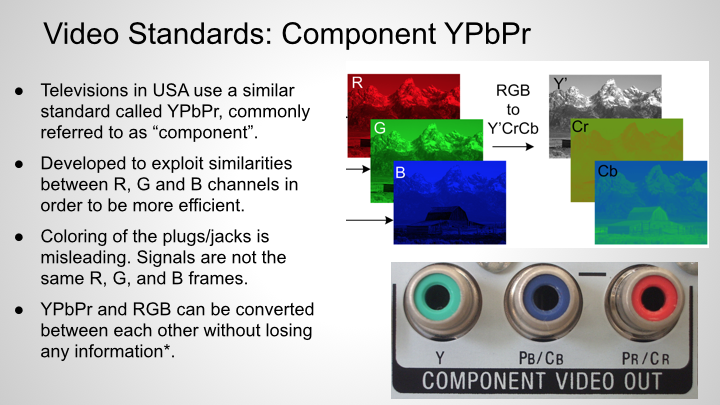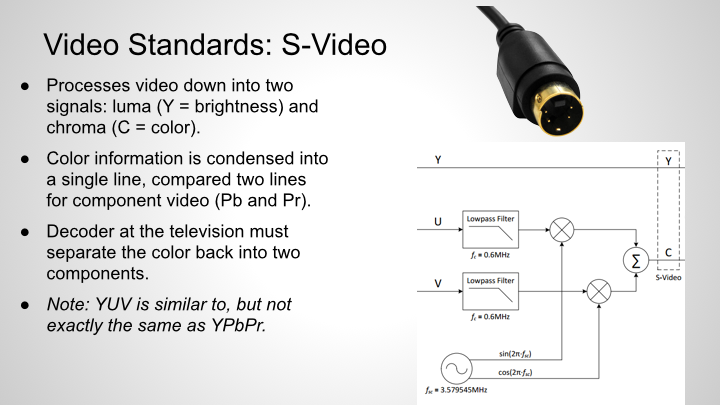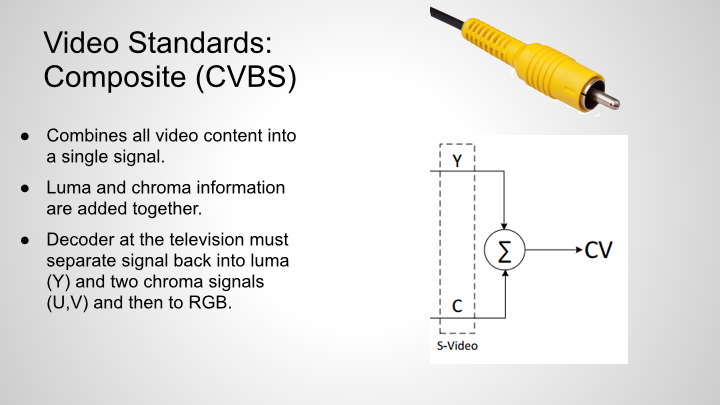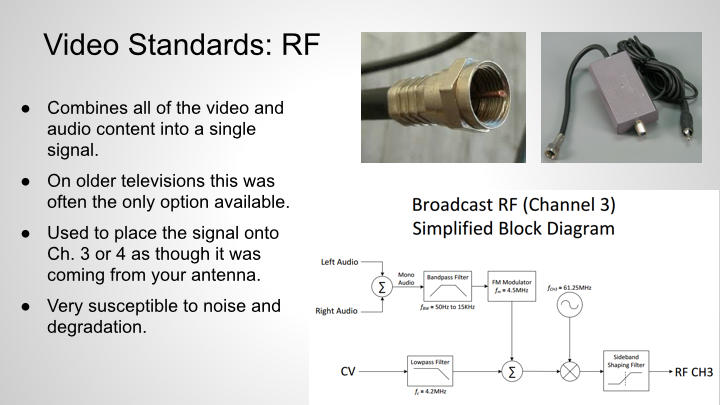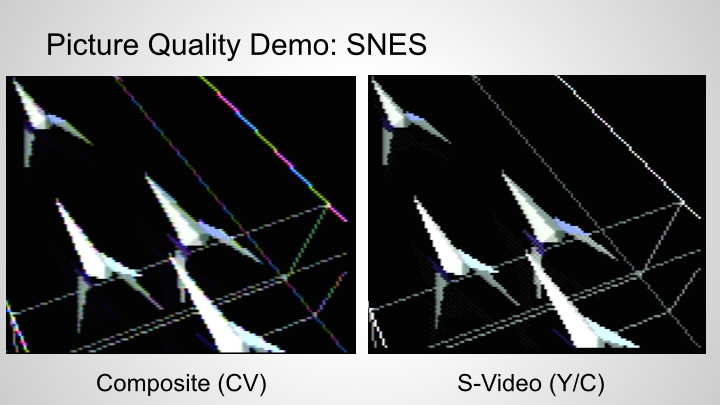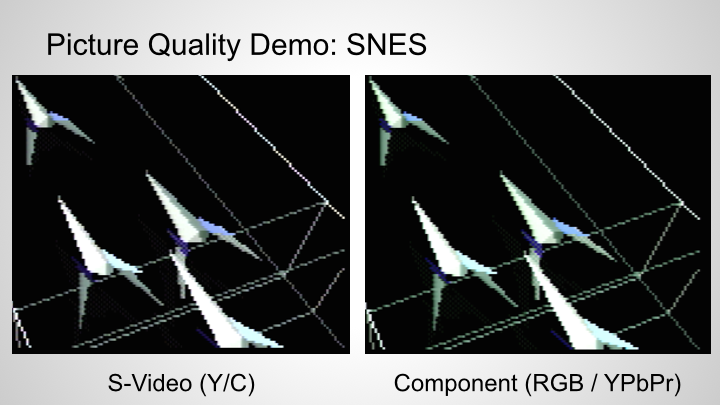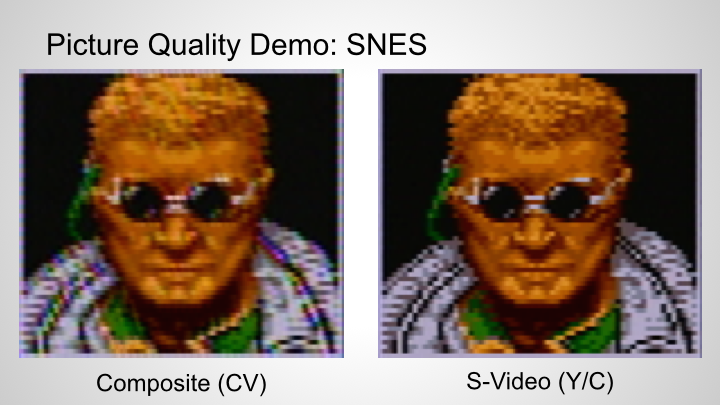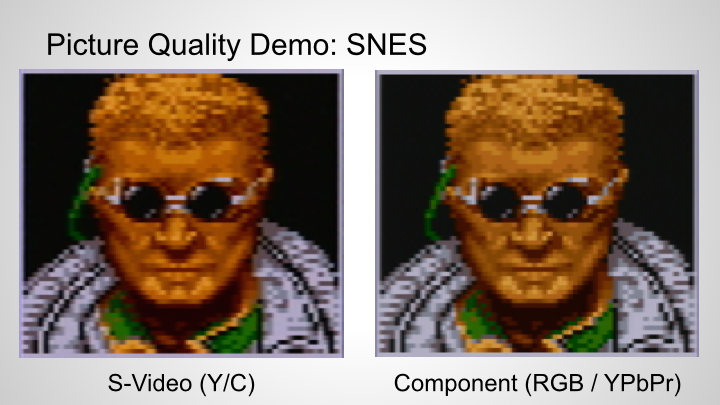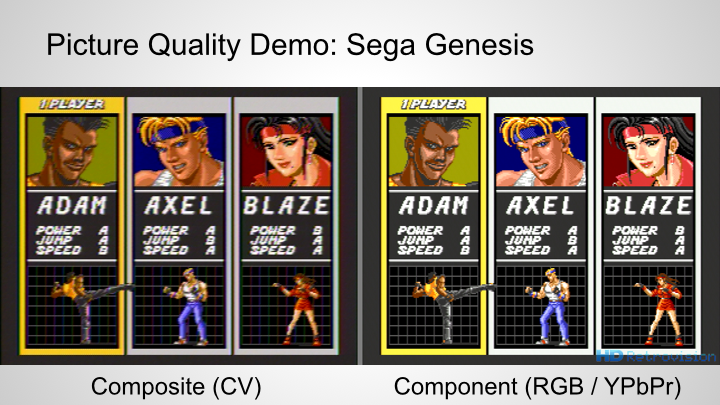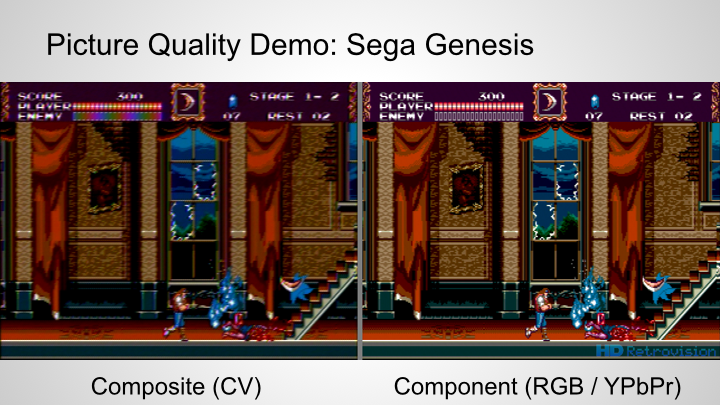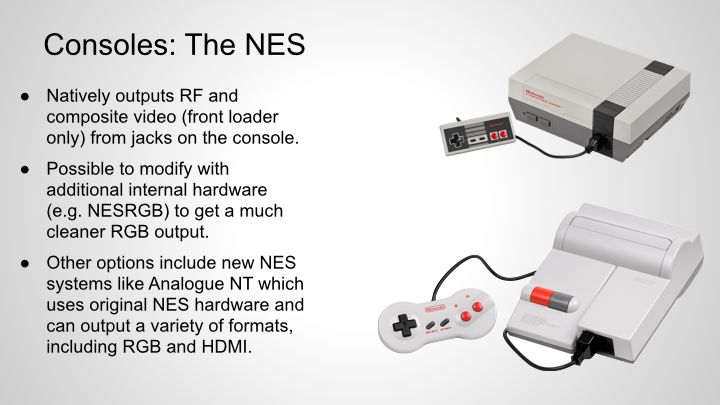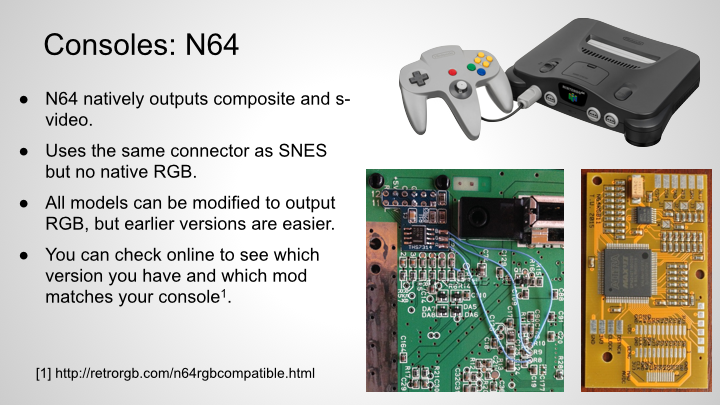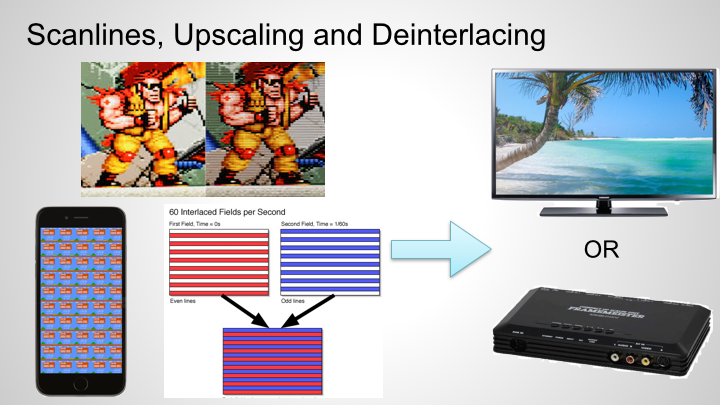**** Update 26 June 2017 ****
We have updated our third-party products page to recommend a UL-listed adapter now so that we don't have to worry about the internals changing on a whim. Please visit that page to see our various recommendations, and disregard the blog post below.
**** Update 12 July 2016 ****
After hearing some reports of poor performance from the Genesis 2 adapter we recommended, I decided to purchase another one to make sure there was no manufacturing inconsistencies. What arrived was not the same as I previously tested. Turns out that Amazon sells a completely different Tomee product now in different packaging, which contradicts the photo on their product page. This new one is of awful design, and has circuitry similar to the 3-in-1 adapters we recommended avoiding entirely. I informed Amazon via telephone and they said they would review updating the listing to differentiate between the two. I updated the link in our post to point to another supply that we verified previously and is also affordable. Apologies to everyone who purchased this "revised" version without knowing it.
*********************************
This was originally from a Kickstarter update, adapted for this website:
Something we have had our eye on for a while now is the use of new 3rd party power supplies (aka AC adapters, transformers, etc.) when powering Super Nintendos, Sega Master Systems, and Sega Genesis's. We have noticed that when using high quality component video, such as RGB or YPbPr, the power supply is a very important factor in determining the final picture quality. Poorly designed power supplies can introduce visible noise into the video outputs. The interesting thing to note is that this noise, while visible when using YPbPr, might not always be present when using composite video due to differences in how the signals are processed between the two formats. As such, someone experiencing this issue after upgrading to our component cables from standard composite cables might immediately pin the blame on our product instead of the power adapter they are using. Therefore, we are bringing this to your attention ahead of time.
We have tried and tested several different models of affordable 3rd party adapters. Not only did we verify that the video was free of noise, but Ste also disassembled each unit to confirm that the electrical and mechanical engineering of the adapter was solid and didn't have any safety concerns. We want to avoid recommending something that performs well, but is not safe on the inside.
As of right now, these are the most affordable 3rd party power adapters we currently recommend for use:
Sega Master System / Sega Genesis 1 / Sega CD:
Sega Genesis 2 / Sega Genesis 3 / Sega Nomad / Sega 32X (UPDATED: 12 July 2016)
Super Nintendo (NOTE: Make sure part# is 7-38012-14010-9 and matches photo below)
Also, for multi-console setups, although it costs more money and isn't as available, we recommend the RetroDC.



